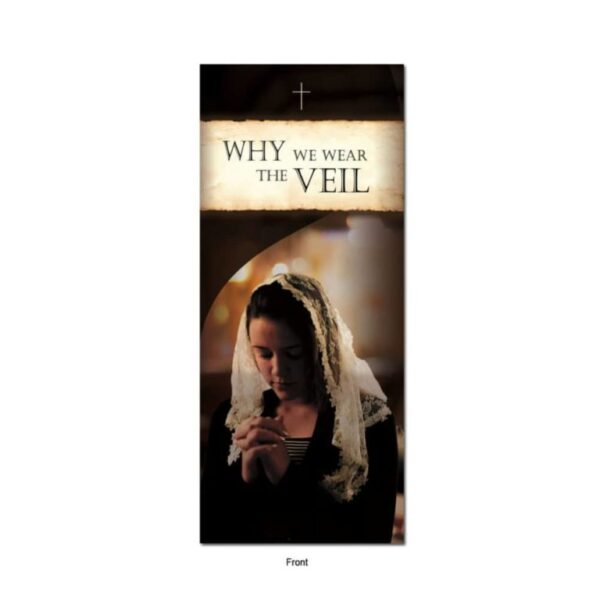- You have no items in your shopping cart
Why We Wear the Veil brochure
$0.50
3″ x 8.5″ brochure tri-fold
| 1+ | 10+ | 50+ | 100+ | 500+ | 1000+ |
|---|---|---|---|---|---|
| $0.50 each | $0.45 each | $0.43 each | $0.40 each | $0.38 each | $0.35 each |
| 1 for $0.50 | 10 for $4.50 | 50 for $21.50 | 100 for $40 | 500 for $190 | 1000 for $350 |
Add to WishlistRemove from Wishlist
Add to Wishlist










Reviews
There are no reviews yet.